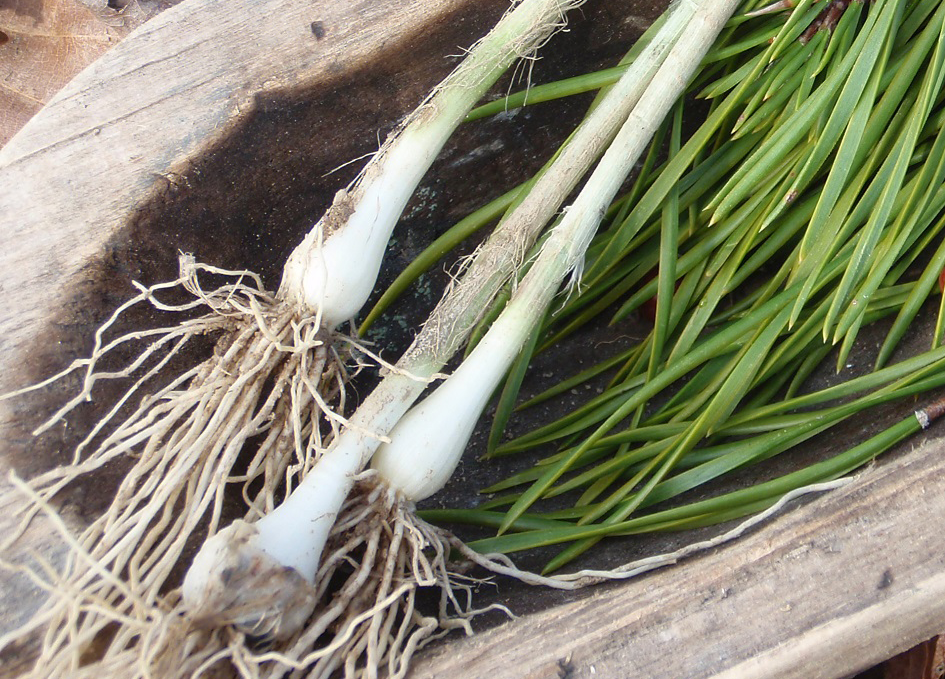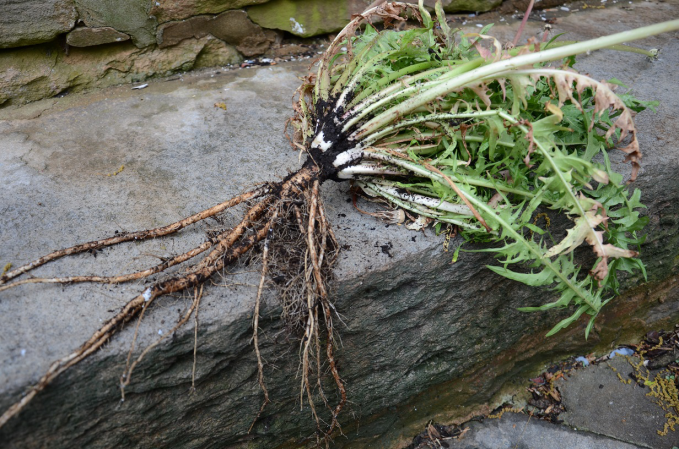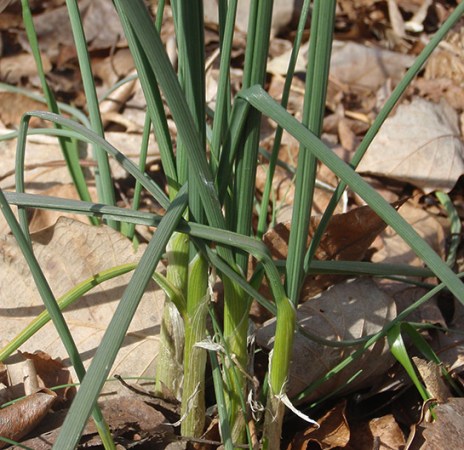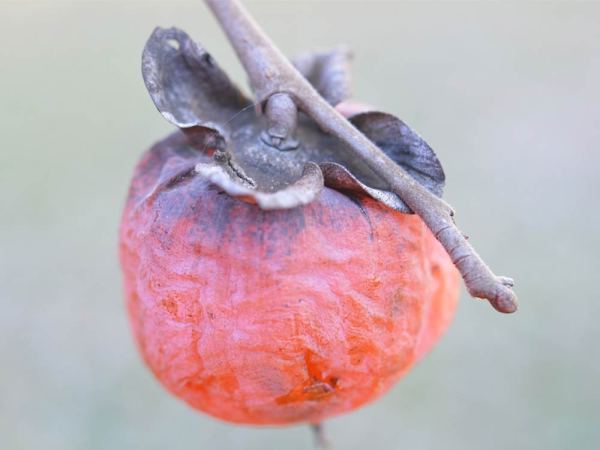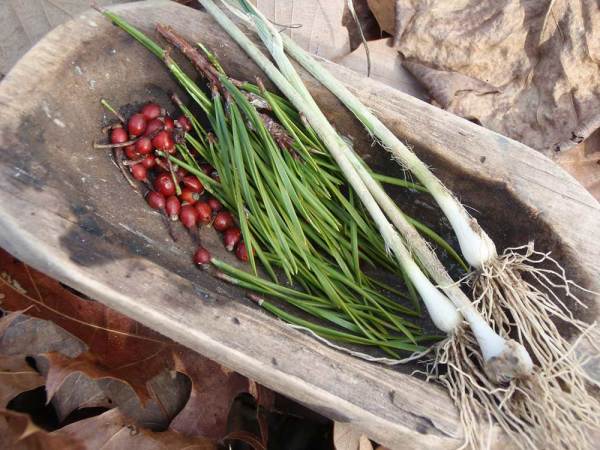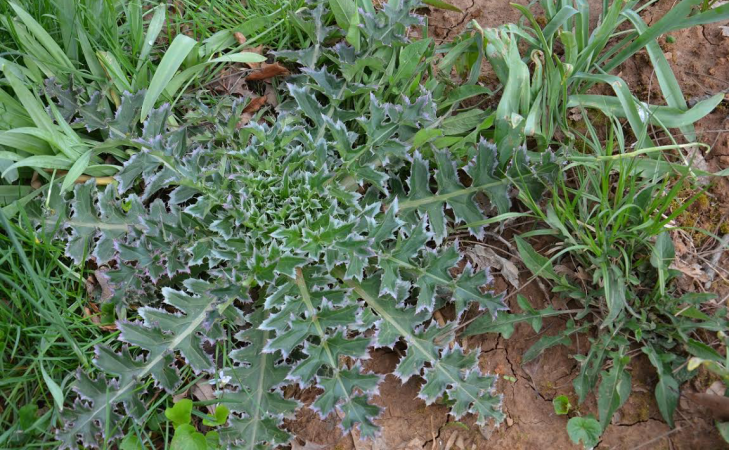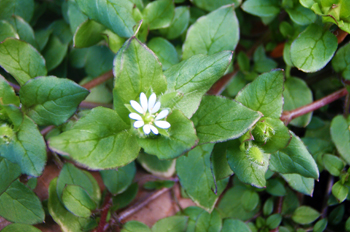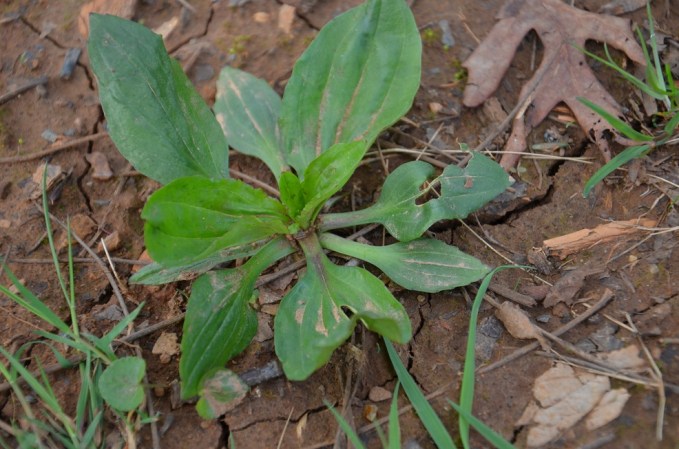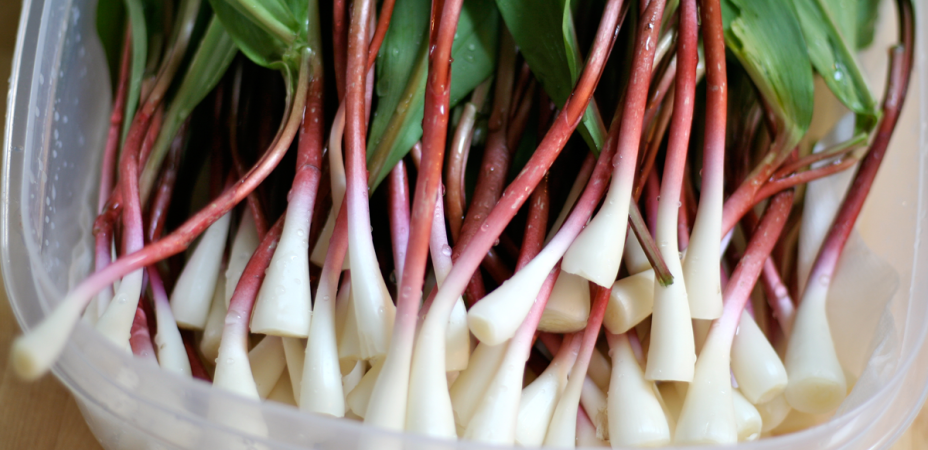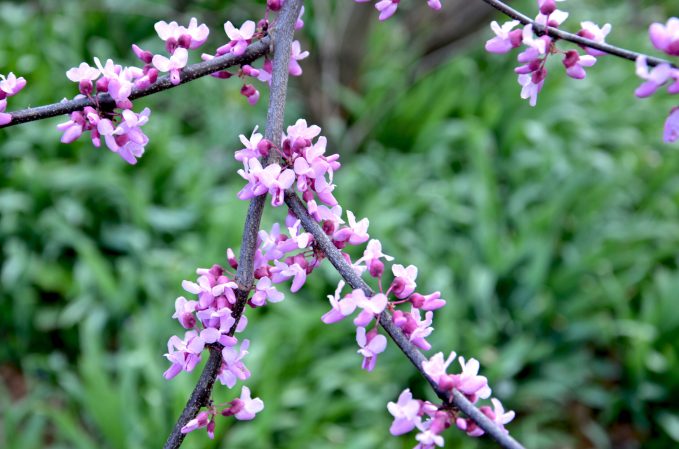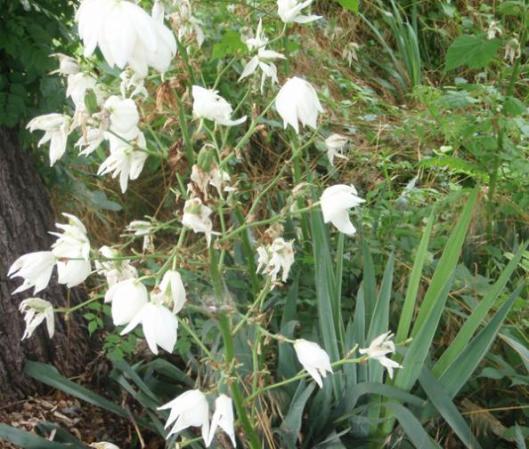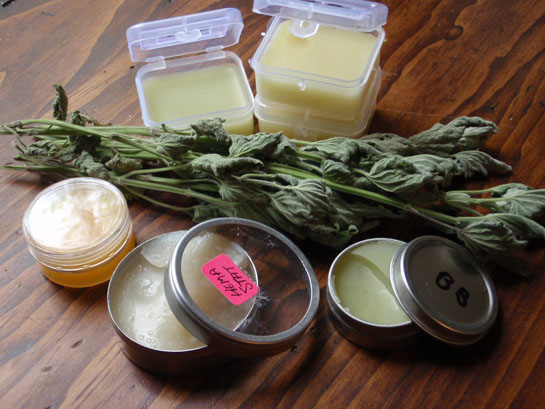Winter may seem an unlikely time to forage wild edible plants, but if the ground isn’t frozen solid, you can dig up a surprising number of nutritious wild roots. These foraged foods aren’t exactly jars of peanut butter, but any calories are better than none in this frigid season. And unless you happen to encounter one of the bitter thistle species, these aren’t bad tasting veggies. Here are three of the most common wild roots for winter foraging.
1. Cattail (Typha latifolia)
The rootstocks (lateral roots in the mud) of the familiar swamp-loving cattail can provide us with a great source of starch. Dig them up and wash and peel them. Once they’re cleaned, crush them in water to separate out the starch. Mash the roots until they are just brown skins and fibers. Next, filter this starchy grayish water through a sieve to remove all fibers and root skins. Use this liquid immediately as a soup base, or allow it to settle for further processing. If you let it settle, the pour the water off the top and retain the doughy starch. This starch can be thickened and turned into dough by drying it, by heating it a little, or by adding dry flour to it. The dough can be treated like dumplings or bread dough if leavened. The starch can also be dried and ground into 100-percent cattail flour. It’s even gluten-free!
2. Thistle (Cirsium ssp. and Carduus ssp.)
There are many different species of thistle scattered across the Northern Hemisphere, and plenty to choose from in North America. There are no toxic species in the US, just a few bitter tasting ones. Use a shovel to pop the tap roots to the surface and cut off their heavily spine-covered tops. The remaining roots can be washed, chopped, and eaten raw. The roots can also be simmered, stewed, or fried like most other root vegetables.
3. Wild Onion (Allium spp.)
There are roughly a dozen different species growing in North America that fall under the “onion” category. Some species even grow in the dead of winter, favoring open ground and sunny conditions. Look in fields and meadows for some species. Look no further than your yard for others. Some of these species are closer to garlic in appearance and flavor. Some are closer to chives. The critical factor that all these species share is their membership to the allium genus. This group of plants is edible by humans and generally very tasty. But don’t just wolf down everything shaped like an onion. The broader family they belong to is the lily family, which contains some toxic members. Make sure the plant really is an onion or garlic by looking for the classic shapes of a bulbous root and a rounded stem of onion and garlic. Once it passes the visual test, go to the scratch and sniff phase of testing. Scratch the bulb, or bruise the green tops, and you should immediately smell that familiar oniony odor. If a few tears well up in your eyes, all the better. Use these raw or cooked, just like their store-bought relatives.
Are you out foraging this winter? Tell us what you’ve found by leaving a comment.
